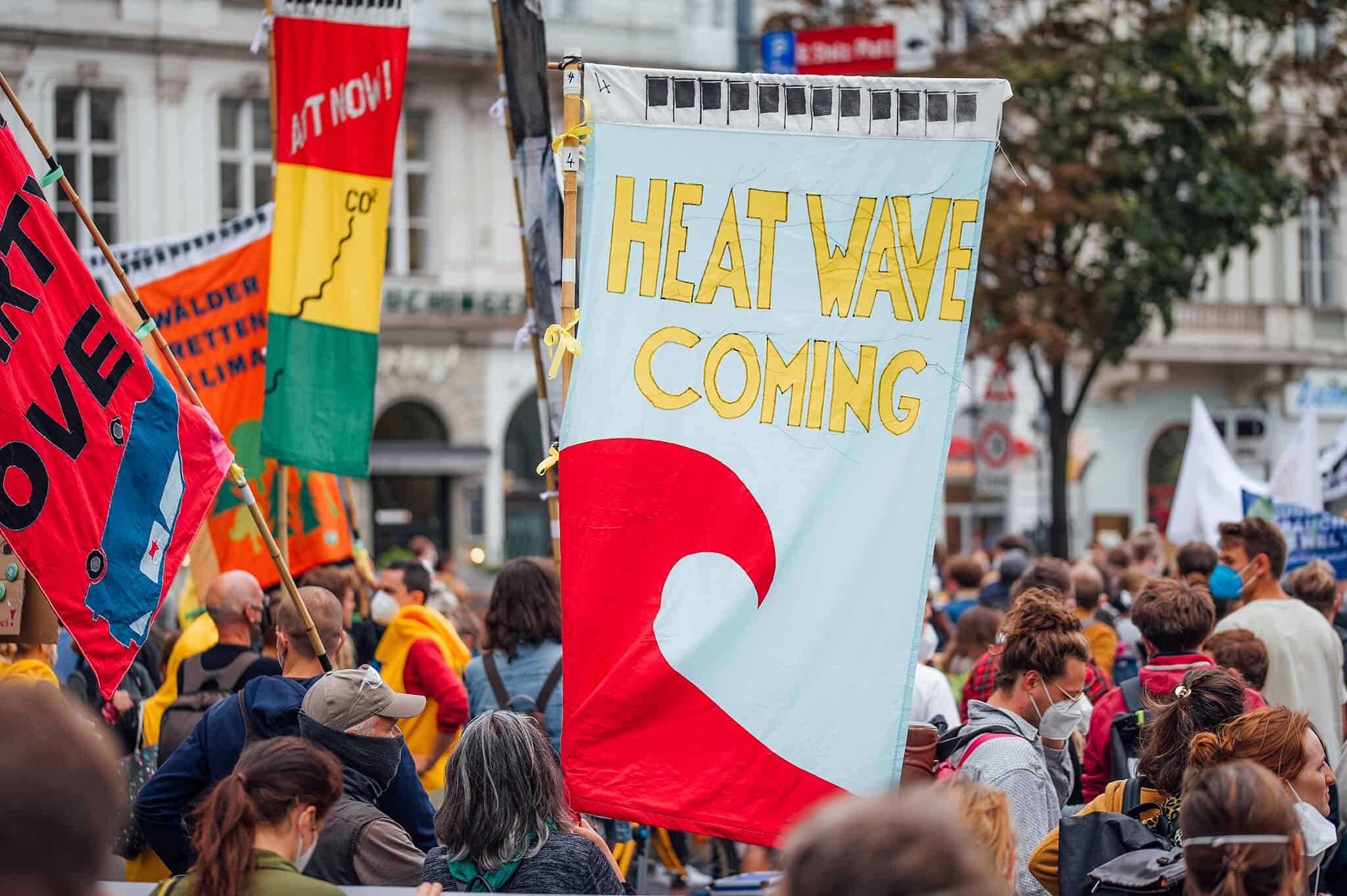In 2003, a devastating heatwave hit Europe. Temperatures reached 47.5 °C, causing one of the worst natural disasters on the continent, claiming an estimated 45,000 to 70,000 victims in the span of a few weeks. Forests burned and crops withered as hospitals in many cities were filled to capacity.
This type of event is about to become more common.
Climate change already accounts for a third of heat-related deaths, but the risk of deadly heat is set to increase even more. Researchers found that extreme heatwaves have already become more frequent, but they’ll become even more so.

An international team of epidemiologists and climate experts collected data since 2013 on daily heat-related excess mortality for 748 cities in 47 countries in Europe, Latin and North America, and Southeast Asia. They used this to calculate the link between average daily temperature and mortality, establishing the locations’ ideal temperatures — where excess mortality is at its lowest.
For example, the ideal temperature is considered 21 degrees Celsius in Paris, 18 in Zurich, 30 in Bangkok and 23 in Sao Paulo. Every tenth of a degree above this ideal value increases excess mortality. However, “not all heat is the same,” Samuel Lüthi, lead author of this new study and professor for Weather and Climate at ETH Zurich, said in a news release.
“The same temperature has a completely different impact on heat-related excess mortality in the populations of Athens and Zurich,” said Lüthi. This variate depending on temperature, physiology (acclimatization), how people behave, urban planning, the demographic structure of the population, and the local healthcare system.
A different approach
Using this ideal value, the researchers looked at how excess mortality would develop under three scenarios of temperature increase: 0.7, 1.2, and 2 degrees Celsius. They used five climate models and ran them under different weather conditions. Finally, they coupled this data with an epidemiological model to calculate heat mortality.
“We ran the same model up to 84 times, with slightly different weather conditions each round. That gave us a multitude of possible weather systems that are likely to occur if there is a certain amount of CO2 in the atmosphere,” explains Lüthi.
Previous studies have also looked at heat-related morality. However, this new method enables researchers to quantify extremes in the climate system much more effectively and reduce uncertainties, said Lüthi.
First, the researchers showed that the risk of heatwaves with excess mortality has already increased in the past 20 years. What used to be a “once in a century” heatwave now happens every 10 years. So that’s already pretty bad.
But if the planet heats up by 2 degrees (which is what global governments voted for with the Paris Agreement), it’s going to get even worse.
By 2100, heatwaves that were extremely rare (once every 500 years) are projected to occur 14 times a century if the planet heats up by 2 degrees Celsius. If we assume there’s no adaptation to the heat, these heatwaves would kill 69 times more people than today.
There are a lot of assumptions and moving parts in this study, but all the possibilities point to the same thing: heat will kill more and more people.
Heat will claim lives
“While I was working on the study, I always tried to look behind the figures and see the real lives of people who are affected by the changes. It’s worrying,” said Lüthi.
This is all the more concerning because we’re not on track for a heating of 2 degrees. Our current trajectory suggests that 2.6 °C is a more likely result, which would cause even more heatwaves.
Not all areas will be affected similarly.
The regions especially at risk are Southeast Asia, the Middle East, the Gulf and Atlantic coasts of the US, the Pacific coast of Latin America and the Mediterranean region. A hot summer in these regions can lead to about 10% of all deaths in a country being related to heat. In Paris, for example, up to 15% of deaths could be heat-related.
Also, future scenarios in the study didn’t consider future population growth, migration to cities, and an increase in the number of older people — all factors that can increase heat-related mortality even further. The study also didn’t incorporate epidemiological data for Africa and India, two regions that have been affected by heatwaves in recent years.
The researchers believe their study underlines the urgency for climate action. The most important step in controlling the increase in heat waves is to phase out fossil fuels, they said, also asking society to start planning adaptation measures. “We should now prepare and manage the unavoidable, while avoiding the unmanageable at all costs,” Lüthi said.
The study was published in the journal Nature Communications.



